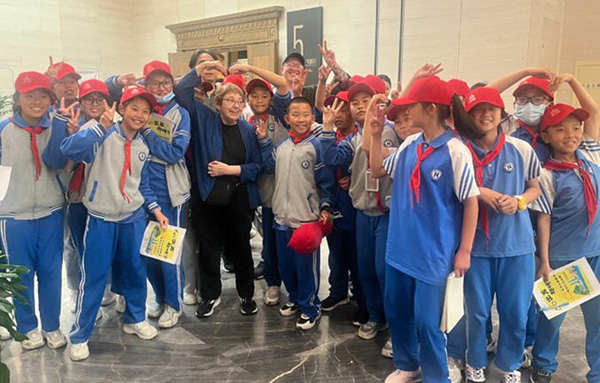
Politicized Allegations Are False Propaganda Designed to Mobilize Public Opinion Against China in Support of War
U.S. propaganda is powerful. Responding to an increase in U.S. attacks on China, a delegation was organized by the China/U.S. Solidarity Network, which then visited China from May 11 to May 31.
One focus of the trip was a visit to Xinjiang (pronounced Shinjaang) province to gather video footage and interviews that give a more realistic picture of this vast and quickly modernizing, multiethnic region. Footage for the documentary, currently named “Voice of Xinjiang,” focuses on an area with 4,000 years of history, which is at the center of the ancient Silk Road that today is a major hub in China’s ambitious Belt and Road trade program.
The Xinjiang Uyghur Autonomous Region (XUAR) is a vast arid, mountainous and high-desert region in China’s far northwest. Xinjiang has significant oil and mineral reserves and is currently China’s largest natural gas-producing region. The province—although the largest in geographic area, covering one-sixth of China’s total land mass—is sparsely populated, having only 2% of China’s 1.4 billion people. Of Xinjiang’s population of 25 million, 60% belong to 13 ethnic minorities.
The two major cities we visited—Urumqi and Kashgar—are more than 1,000 miles from one another. The surrounding fully mechanized farms were part of our visit.
These cities are part of the “Silk Road,” the great historic trade route that connects Eastern Asia to Central and South Asia, the Middle East and Europe. Xinjiang has vital and strategic international importance. It borders eight countries: Kazakhstan, Kyrgyzstan, Tajikistan, Russia, the Republic of Mongolia, India, Pakistan and Afghanistan. Within China, it shares borders with three autonomous province/regions: Gansu, Qinghai and Tibet.
Today the population is actively learning new high-tech skills, which play a pivotal role in Xinjiang’s industrial development and its expanded commercial networks of high-speed trains and communications, which reach countries throughout Asia and into Europe and Africa.
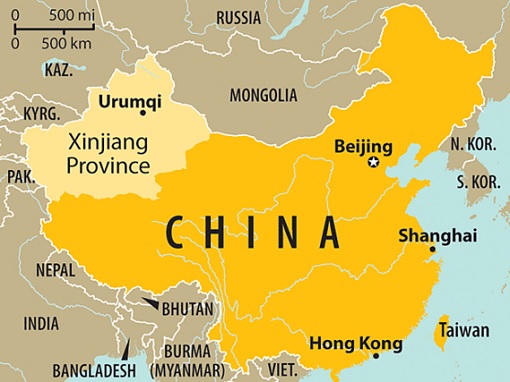
Vibrant communities, zero “slave labor”
Torrents of U.S. media reports had told us to expect cities under martial law, military forces of occupation and heavily armed police on every corner. The indigenous population, especially the Uyghur people, are described as an impoverished and isolated population, who are allegedly forced into slave labor and doing back-breaking work in the fields or being locked inside concentration camps.
Coming from the New York City area, I expected a police force of at least equal size. The New York City police force is the world’s eighth-largest armed body. On our return, reports of “Stop and Frisk” programs centered on Black and Brown youth dominated the media: “Too many people in New York City are stopped, searched and frisked illegally, federal monitor says.”
What we saw in Xinjiang was vibrant cities—Kashgar and Urumqi—full of tens of thousands of tourists, along with the local population of many nationalities. Huge and colorful marketplaces and bazaars, almost all of them run by Uyghur families, stretched for many blocks. Busy subway lines crossed the cities. Everywhere we saw food markets brimming with inexpensive produce. Restaurants, cafes and street food stalls were packed with local people. In the evenings, the streets were full — not silent and ominous.
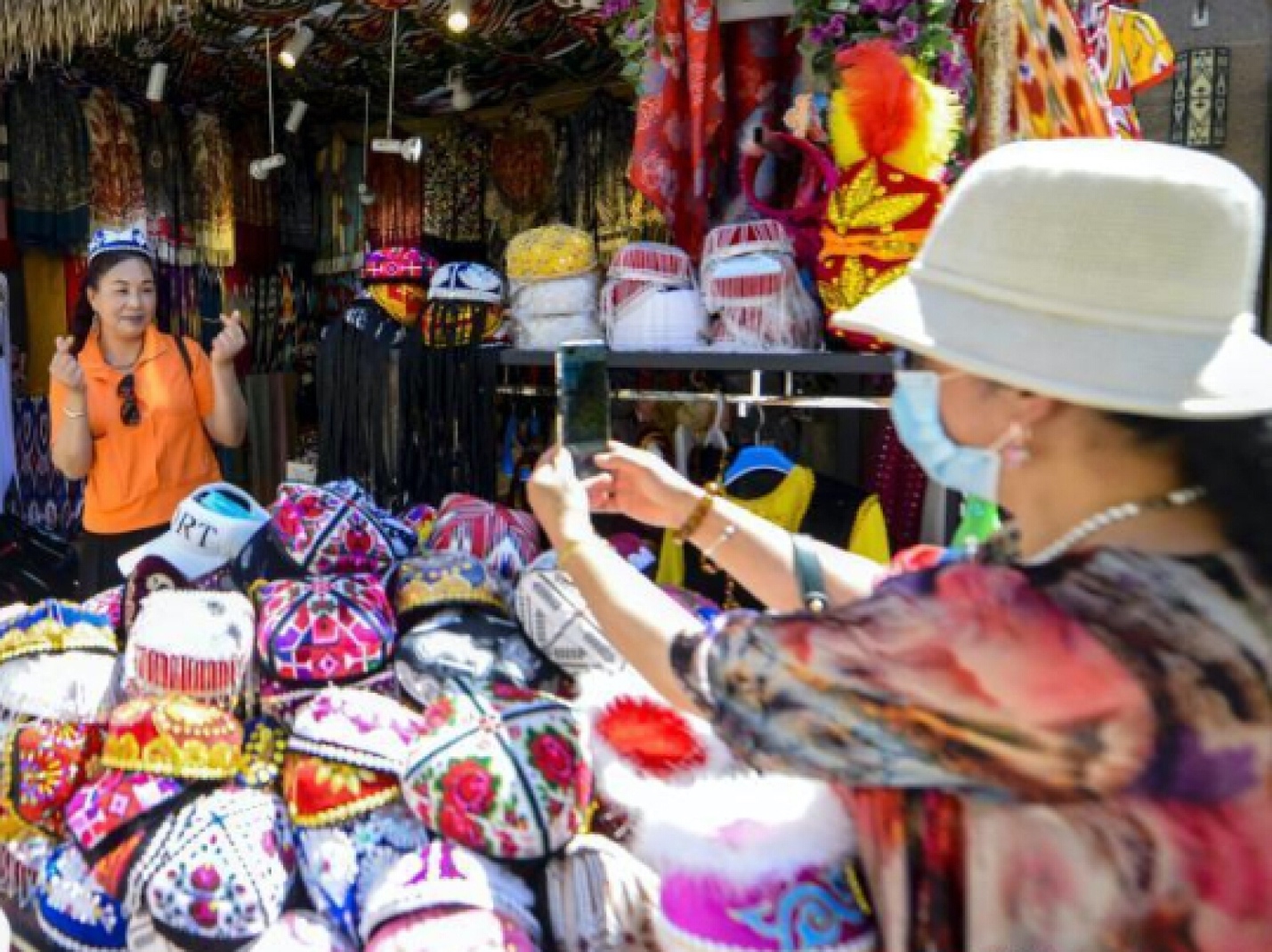
Our observations are backed up by numerous international studies that are ignored in the Western media.
The illiteracy rate in Xinjiang has fallen to 2.66%, lower than the country’s impressive 2.85% national average. At the time of the 1949 Chinese Revolution, illiteracy was 80% throughout China and more than 90% in Tibet and Xinjiang. Today 97.51% of small children are in pre-school programs. Some 98.82% of the youth are enrolled in senior high schools in Xinjiang.
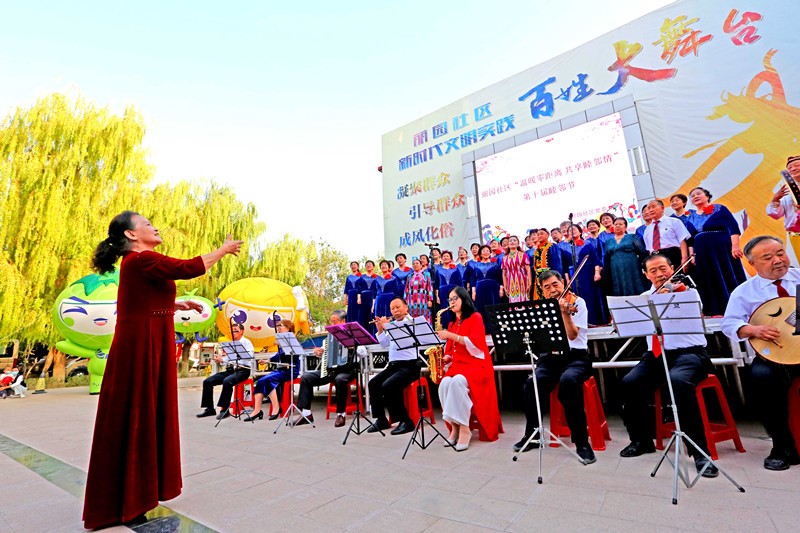
A useful study of the area’s health and education achievements, as of 2022, can be found on the website of the South Asia Journal at “Excellent Xinjiang Health, Growth & Education Outcomes Contradict Sinophobic US Lies.”
Drives through the countryside revealed fully mechanized agriculture with tractors, planters, drone sprayers, irrigation canals and acres of plastic-topped greenhouses. We did not see any fields with workers doing hand labor of hoeing, picking and trimming. This is confirmed in numerous reports and many photos. The mechanization of cotton production is at 90%.

In Kashgar, the 15th-century Idkah Mosque can house up to 20,000 worshipers. It is only one of the numerous Islamic centers and mosques, which we saw while walking the city streets and in several villages. Tall, slender minarets and dome-shaped roofs seemed to be a part of every block.
The narrative that China is destroying mosques and Islamic centers is continually pushed in the U.S. and Western media. It is regularly countered, however, by representatives from Muslim countries.
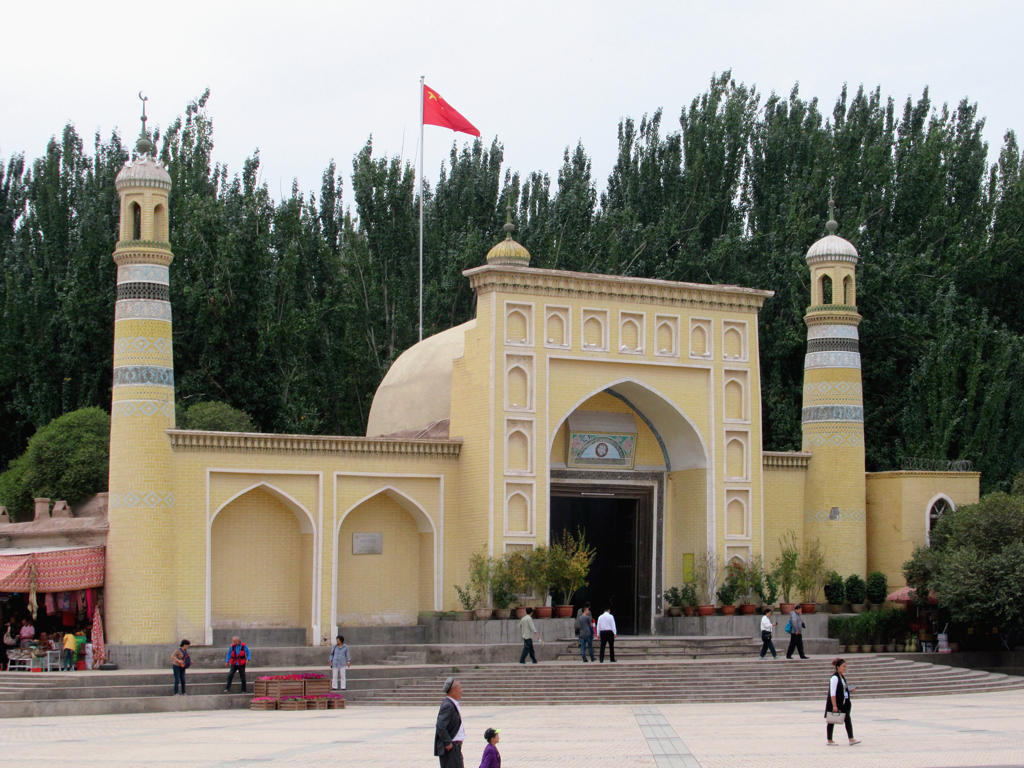
Arab and Muslim countries do not agree with U.S. coverage
On April 27, 2021, the China Global Television Network English-language program “The Point with Liu Xin” interviewed ambassadors from Pakistan, Palestine and Syria, after they had made extensive visits to Xinjiang. They accused Western media of intentionally overlooking “the economic, social and cultural rights that Muslim Uyghurs and other ethnic minorities enjoy in the region.”
The Palestinian ambassador to China, Fariz Mehdawi, said: “You know, the average of mosques, if you have to calculate it all, it’s something like 2,000 inhabitants for one mosque. This ratio, we don’t have it in our country. It’s not available anywhere.”

The ambassadors praised the setting up of industries and advanced agriculture, poverty alleviation programs, a focus on education and health, and people-centered policies throughout Xinjiang. Their commentary aligns with what we saw on our visit.
No Arab or Muslim countries have joined in the U.S. attempt to rewrite history and its targeted attacks on China. This is because these countries know that the U.S. government is responsible for 30 years of massively disruptive wars, sanctions, drone attacks and targeted assassinations in a series of Muslim countries, including Iraq, Iran, Lebanon, Libya, Syria, Sudan, Somalia and Afghanistan.
They know that more than 2.2 million people are incarcerated in the U.S., the largest prison population in the world, and the history of systematic genocide of Indigenous nations in the U.S. is well-known around the world. The U.S. claim that it is a protector of the Muslim population of China’s Xinjiang province reeks of racist hypocrisy.
Just before the COVID-19 shutdown of world travel in 2019, the Council of Foreign Ministers under the Organization of Islamic Cooperation (OIC), with 57 member states, one of the largest intergovernmental bodies in the world, had endorsed and commended China’s treatment of its Muslim citizens, following a fact-finding trip to the region.
A week after our trip to Xinjiang, a large delegation from the League of Arab States, including top official representatives from more than 16 Arab/Muslim countries, went to many of the same sites we had visited. Egypt, Bahrain, Algeria, Djibouti, Saudi Arabia, Sudan, Syria, Somalia, Iraq, Oman, Comoros, Lebanon, Libya, Morocco, Mauritania and Palestine were represented, along with several departments of the Arab League and the China-Arab States Cooperation Forum.
Their June 1 press statement, released by the Embassy of China in Syria, described the top-level delegation’s findings. The statement said: “Through visits to Urumqi, Kashgar and other places, we saw social harmony, economic development, people of all ethnic groups living in harmony in Xinjiang and accelerated progress in various undertakings. We truly understood the truth about the development of Xinjiang and recognized the true purpose of some international forces to smear and even demonize Xinjiang.”
Charge of “genocide” to justify U.S. sanctions
The U.S. corporate media, major U.S. think tanks and strategists have labeled this modernization of Xinjiang “genocide.” The schools, universities and vocational training centers are labeled “concentration camps.” Based on these fabricated charges, intense new sanctions have been rammed through the U.S. Congress against all products and goods coming from the Xinjiang region. U.S. sanctions will impact all of China’s cotton exports.
China is the world’s largest exporter of cotton and, before the sanctions legislation, the U.S. was the largest importer of China’s cotton. All commodities using lithium, nickel, manganese, beryllium, copper and gold mined in Xinjiang will also be impacted by U.S. sanctions. These include the manufacture of solar panels, electric vehicles made by auto companies and other products from chip makers, electronics and energy firms.
The only support for the wild, unsubstantiated charges used to justify new rounds of U.S. sanctions has come from the G7 imperialist countries and their allies.
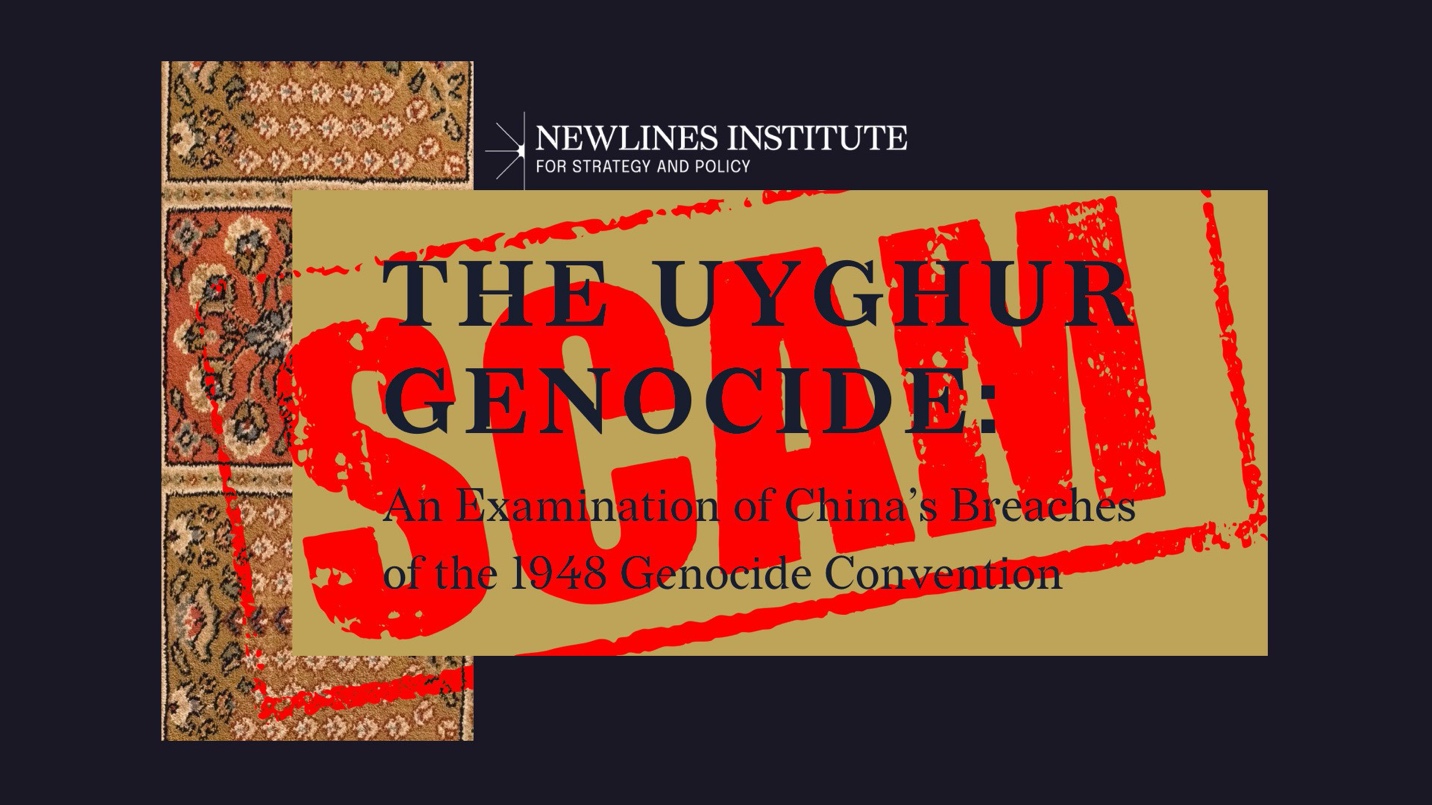
Amnesty International, Human Rights Watch, NPR, Radio Free Asia and other U.S.-funded “human rights” and news organizations unanimously claim that the government of China has carried out “massive and systematic abuse” against Muslims living in the Xinjiang Uyghur Autonomous Region. Their reports of “forced labor” and religious and cultural suppression are uncritically and widely circulated by the Western corporate media. These reports were preparation for new rounds of harsher sanctions against Chinese exports.
First signed by President Joe Biden in December 2021, the “Uyghur Forced Labor Prevention Act” took effect June 23, 2022. Under this latest anti-China measure, all goods made in Xinjiang province are banned, unless the importer can demonstrate the imports were produced “free of forced labor.” (New York Times, April 8, 2022)
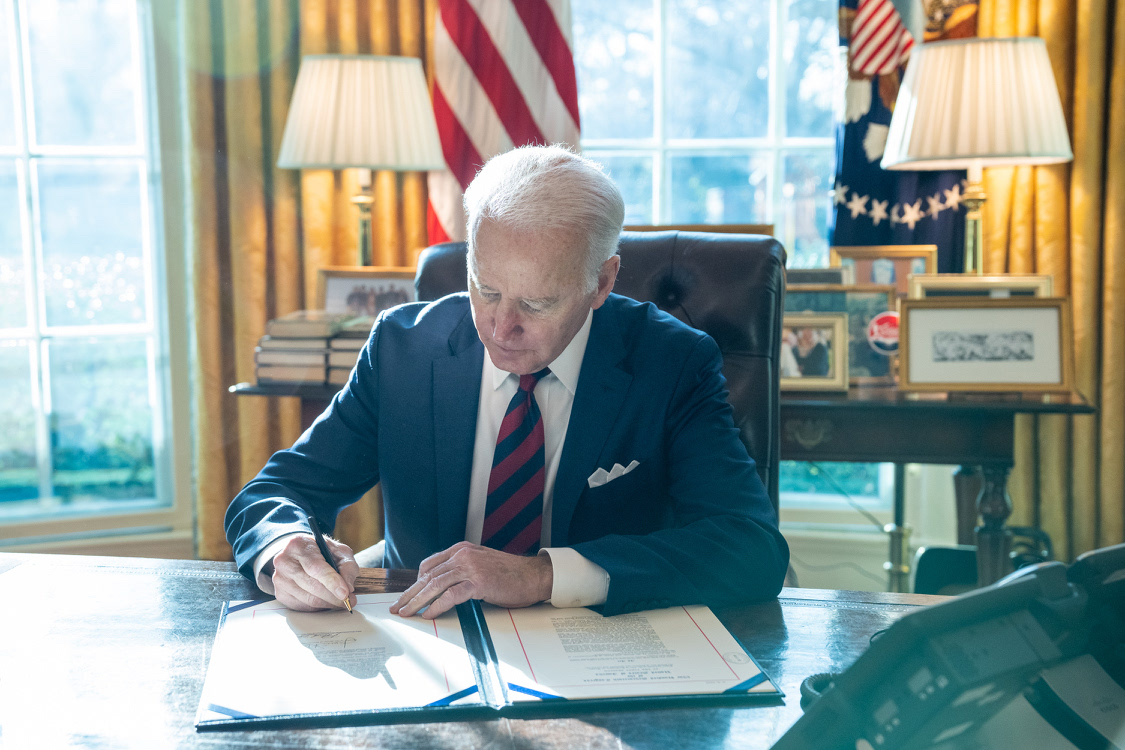
This latest U.S. anti-China propaganda campaign is based on unsubstantiated claims that Uyghur people have been forced to take up new jobs in industries recently relocated to Xinjiang.
Welcome changes for farmers and herders
We visited Toltay Farm, outside of Kashgar, the home of an extended family, who had for generations been forced to constantly migrate with their herds of cattle, sheep and camels to find forage in an arid land. They are now able to live stable lives, due to new animal husbandry and farming techniques and government subsidies for new equipment.
They now use the crushed fodder that is extracted from a wide variety of farm products. It is grown on irrigated land, criss-crossed with a network of government-built canals. There are acres of greenhouses topped with plastic. The family proudly showed us their herds, now fattening in pens. With the assistance of technology, local herders can watch over their herds and monitor their health by checking their smart phones.
At a local primary school, teachers explained that classes were held in Uyghur and Mandarin.
The state farm has been divided into lots, with some families choosing to farm cotton, vegetables or wheat, while others focus on raising animals. We visited families who leased out their land while they trained in construction or as mechanics and equipment operators. Other families were working in new industries but still living in the villages. Very few had left the region, because their lives were now prosperous and stable.

We visited the home of a young veterinarian from a herding family. He described his free education and his care of the small herds belonging to 400 families. At each home we were offered plates of melons, yogurt and fresh bread.
In Urumqi on the side of a road, we visited a Kazak family with a small dairy operation. They buy milk from surrounding families’ herds. The daughter, Sembat, who had just graduated from the agricultural university, ran the store. She insisted we try at least a taste of each of their milk, yogurt and cheese products from horses, camels, goats, sheep and cows. Each taste was sharply different.
Her father described the government program that had opened this new life for them. They invited us into their home, where a traditional yurt, which was erected on its side, was full of beautifully woven pillows and carpets. The yurt is now reserved for family gatherings.
As U.S. imperialism’s hostility to China increases—with military threats, new rounds of sanctions and increasing efforts to inflame hostility against China with wild fabrications—it is crucial to hear first-person reports from people in the region who are proud of the reality of their changed lives.

CovertAction Magazine is made possible by subscriptions, orders and donations from readers like you.
Blow the Whistle on U.S. Imperialism
Click the whistle and donate
When you donate to CovertAction Magazine, you are supporting investigative journalism. Your contributions go directly to supporting the development, production, editing, and dissemination of the Magazine.
CovertAction Magazine does not receive corporate or government sponsorship. Yet, we hold a steadfast commitment to providing compensation for writers, editorial and technical support. Your support helps facilitate this compensation as well as increase the caliber of this work.
Please make a donation by clicking on the donate logo above and enter the amount and your credit or debit card information.
CovertAction Institute, Inc. (CAI) is a 501(c)(3) non-profit organization and your gift is tax-deductible for federal income purposes. CAI’s tax-exempt ID number is 87-2461683.
We sincerely thank you for your support.
Disclaimer: The contents of this article are the sole responsibility of the author(s). CovertAction Institute, Inc. (CAI), including its Board of Directors (BD), Editorial Board (EB), Advisory Board (AB), staff, volunteers and its projects (including CovertAction Magazine) are not responsible for any inaccurate or incorrect statement in this article. This article also does not necessarily represent the views the BD, the EB, the AB, staff, volunteers, or any members of its projects.
Differing viewpoints: CAM publishes articles with differing viewpoints in an effort to nurture vibrant debate and thoughtful critical analysis. Feel free to comment on the articles in the comment section and/or send your letters to the Editors, which we will publish in the Letters column.
Copyrighted Material: This web site may contain copyrighted material the use of which has not always been specifically authorized by the copyright owner. As a not-for-profit charitable organization incorporated in the State of New York, we are making such material available in an effort to advance the understanding of humanity’s problems and hopefully to help find solutions for those problems. We believe this constitutes a ‘fair use’ of any such copyrighted material as provided for in section 107 of the US Copyright Law. You can read more about ‘fair use’ and US Copyright Law at the Legal Information Institute of Cornell Law School.
Republishing: CovertAction Magazine (CAM) grants permission to cross-post CAM articles on not-for-profit community internet sites as long as the source is acknowledged together with a hyperlink to the original CovertAction Magazine article. Also, kindly let us know at info@CovertActionMagazine.com. For publication of CAM articles in print or other forms including commercial internet sites, contact: info@CovertActionMagazine.com.
By using this site, you agree to these terms above.
About the Author
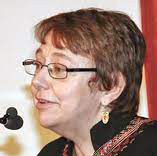
Sara Flounders is an American political writer active in progressive and anti-war organizing since the 1960s.
She is a Contributing Editor of the Marxist Workers World newspaper as well as a principal leader of the International Action Center. Sara also works actively with the SanctionsKill Campaign and United National Antiwar Coalition.
Sara can be reached at flounders.sara16@gmail.com.

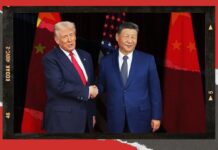









I’m sure China has its problems, but the simplistic demonization of China is getting old. Largely, the U.S. has put out propaganda about China for decades. There may be certain truths and lies within it. But there is a great deal of omitting facts and truths especially by the U.S. media. It’s insulting to the U.S. population that they are being conditioned to reflexively accept the propaganda.
There already have been many who visited Xinjiang and have contradicted the U.S.’s “objective” view on China. Like I said, I’m sure it has its problems, but I will not be foolish enough to accept this “objectivity” as truth.
China has acknowledged that camps exist, but has described them as re-education camps for people with extremist views, mainly religious views, So even though I believe that huge numbers of Uyghurs are being treated badly, I also believe that if I visit China that it will be easy for meet many happy Uyghurs. So this article does not change my belief that a genocide is taking place, as I already know that many happy Uyghurs are present in China as well.
This article includes a picture from Wikipedia of the Id Kah Mosque. Below the picture of the mosque in Wikipedia is the following comment:
The Independent and The Globe and Mail have reported that the Id Kah Mosque has been transformed from a working mosque into a tourist attraction Henryk Szadziewski from the US-based Uyghur Human Rights Project told Radio Free Asia that while the mosque remains standing, “its disappearance would cause outrage given its importance. The significance of its existence to the Chinese authorities is to demonstrate to the world observance of Uyghurs’ religious freedoms. According to Uyghur imam Ali Akbar Dumallah, who fled China in 2012, scenes of small groups of people praying at the Id Kah and other mosques are staged by the government for visitors. According to the World Uyghur Congress, a mass celebration that took place outside Id Kah Mosque during the 2021 celebration Eid al-Fitr was staged as part of a propaganda facade by Chinese authorities to attempt to falsely portray Xinjiang as a region with strong religious freedom and to whitewash its religious repression in the region.
I do not know if this is true but it does give food for thought.